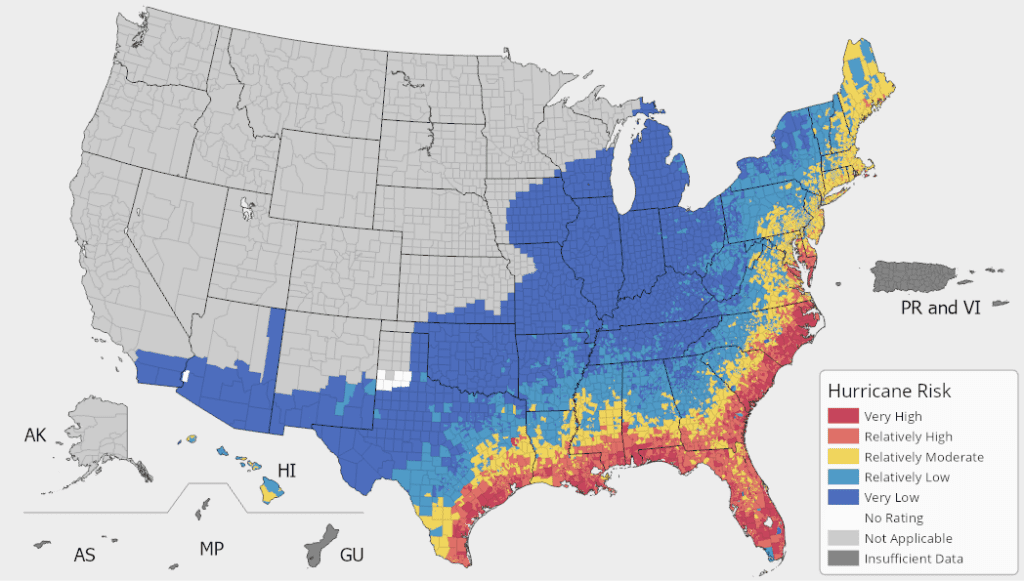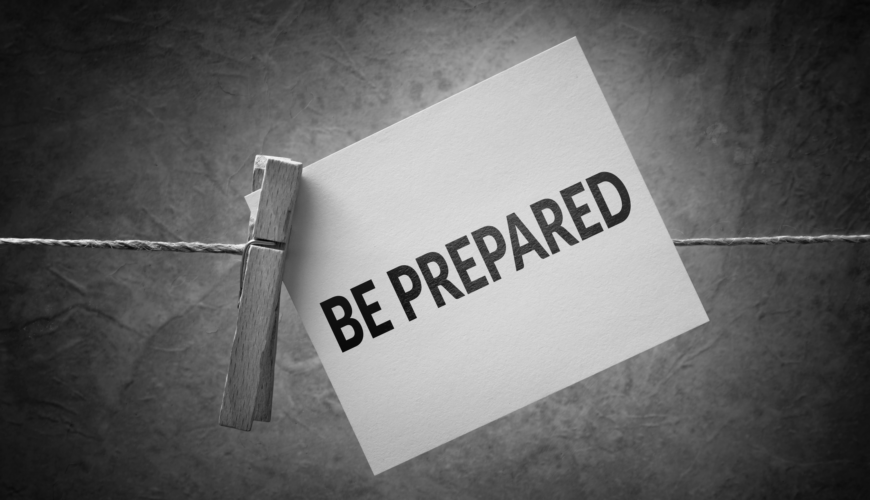The potential impact of a hurricane on warehouse operations is not always the first concern in the logistics and fulfillment industry. However, experienced logistics professionals know that severe weather can devastate a warehouse and disrupt operations for days or weeks. Preparing for hurricanes, tornados, or even the rainy season is essential to ensure the safety of personnel and inventory.
Managers, business owners, or key decision-makers involved in warehouse operations should have strategies and solutions ready to deal with storm impacts throughout the year, especially during hurricane season.
Risks and Threats
Depending on your warehouse location, hurricanes or typhoons can cause significant damage to property, infrastructure, and inventory. The primary hazards of hurricanes are high winds, storm surges and flooding, heavy rainfall, and tornadoes.
Typically, storm damage is more severe and impactful on coastal regions; the consequences of severe weather can be felt hundreds of miles inland. Knowing these hazards and their potential impact is essential to creating an effective preparedness plan.
How Vulnerable Are You?
Every location is unique, and its vulnerabilities depend on location, construction, and existing safety measures. When assessing your warehouse’s vulnerabilities to hurricanes, consider these factors:
- How close is the facility to the coastline or flood-prone area?
- What building materials are used, and what is the structural integrity of the building?
- Are safety systems in effect, such as flood barriers and hurricane-resistant windows?
- Know the consequences of potential power outages (i.e., temperature-controlled products, high-security areas, etc.)
Have a Plan Before the Storm
The first step in preparing for hurricane season is to have a comprehensive emergency plan. This plan should cover key areas such as risk assessment, mitigation strategies, evacuation procedures, and emergency communication channels. It’s also important to define emergency roles and responsibilities in advance. A post-hurricane recovery and business continuity plan is often overlooked but plays a crucial role in resuming regular business.
Review and Update Insurance
Ensuring comprehensive insurance coverage is crucial for safeguarding your warehouse and business from potential hurricane losses. It is imperative to regularly review your insurance policies to guarantee that they provide sufficient coverage for various aspects such as hurricane damage, cleanup costs, flooding, business interruptions, and losses due to damaged, lost, or stolen inventory. By assessing and updating your insurance coverage as needed, you can better protect your business from the financial impact of hurricane-related incidents.
Invest in Infrastructure
Suppose your warehouse is in any of the red, orange, or yellow areas on the map below (provided by FEMA). In that case, you may need to consider implementing hurricane-resistant features to reduce the risk of damage during a storm significantly.

Some structural additions or improvements include reinforced roofing and walls, impact-resistant windows and doors, flood barriers or elevation of critical equipment, and backup power sources, such as generators.
Establish a Line of Communication
Effective communication is essential during a hurricane. Establish a communication protocol with employees, clients, and emergency services to prepare your warehouse for hurricanes. Ensure all parties know the protocol and have access to the necessary contact information.
Inspect and Maintain Your Warehouse Regularly
Routine inspections and maintenance can help identify potential vulnerabilities and ensure your warehouse is in optimal condition to withstand a hurricane. Pay close attention to roofing and exterior walls, gutters and drainage systems, doors, windows, other entry points, and electrical and mechanical systems.
Provide Emergency Procedure Training
All employees should be well-vested in your warehouse’s emergency procedures. Conduct regular training and drills to ensure everyone knows their roles and responsibilities during a hurricane.
Preparation Checklist for Before, During, and After the Storm
Remember these important measures whenever bad weather approaches, and you will increase your probability of remaining productive once the storm passes.
Before The Storm: Warehouse Prep
- Secure Outdoor Equipment and Inventory: Bring any outdoor equipment, inventory, or materials inside to prevent them from becoming projectiles during high winds
- Reinforce Windows and Doors: Apply hurricane shutters or board up windows and doors to minimize the risk of glass breakage and water intrusion.
- Elevate Critical Equipment and Inventory: Move essential equipment and inventory to higher shelves or elevate them to reduce the risk of water damage and electrical danger from potential flooding
- Backup Important Data: Ensure any critical data not stored in the cloud is backed up securely offsite.
- Coordinate with Suppliers and Clients: Inform suppliers and clients of your hurricane preparedness plans and any potential disruptions to your operations. Develop contingency plans for alternative shipping routes or temporary storage solutions if needed.
During the Storm: Safety and Security
- Monitor Weather Updates: Stay informed about the storm’s progress and heed evacuation orders or recommendations from local authorities.
- Communicate with Employees: Maintain regular communication with your staff to ensure their safety and update them on any changes to the warehouse’s operational status.
- Implement Emergency Procedures: Follow your emergency plan and implement all necessary safety measures, such as shutting down non-essential systems and securing hazardous materials.
After the Storm: Recover and Resume Operations
- Assess Damage and Safety: Before resuming operations, inspect your warehouse for structural damage, water intrusion, electrical damage, and other potential hazards. Take photos and document any damage for insurance purposes.
- Begin Cleanup and Repairs: Initiate the cleanup process and make any necessary repairs to ensure the safety and functionality of your warehouse
- Communicate with Employees and Clients: Update your staff and clients on the warehouse’s status and any changes to the timeline for resuming normal operations.
- Evaluate and Learn from the Experience: Review your warehouse hurricane preparedness plan and identify areas for improvement. Implement changes to better prepare for future hurricane events.


